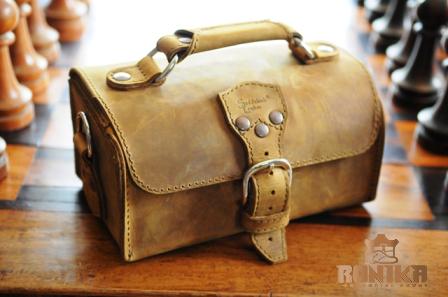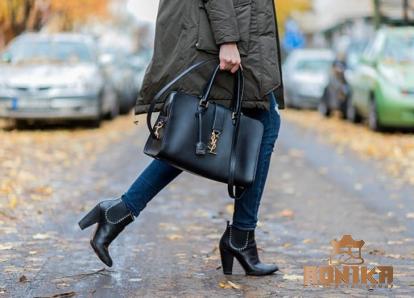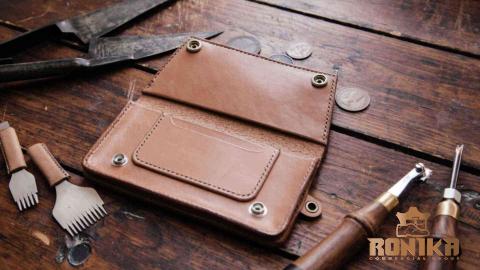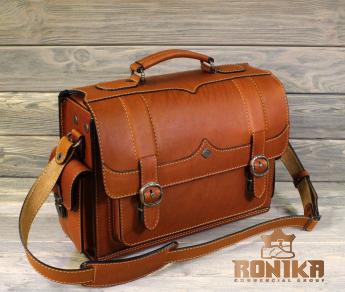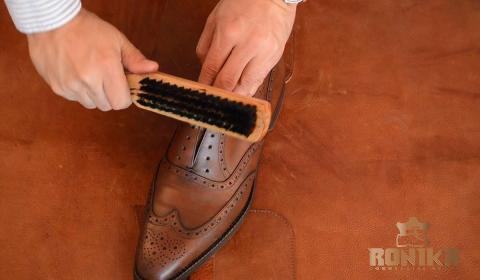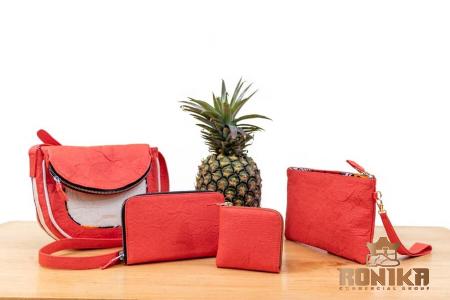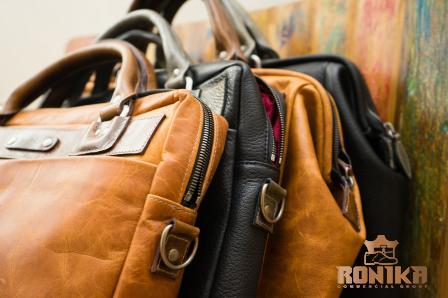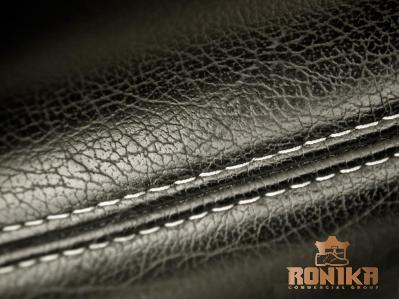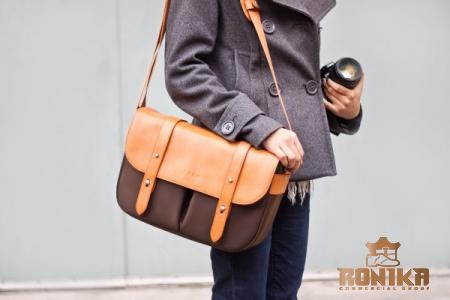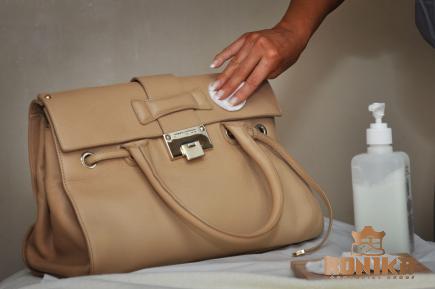Running shoes brands
The brands for each type of shoes are designed specifically and differently, especially when it comes to running shoes, there are different designs for runners to use
Having a trained professional look at your feet is the most reliable way to figure out whether you are a runner who supinates or pronates when you run
Examining your footprints after you get out of the shower or pool can help you determine the structure of your feet
You have a cut leg if the footprint you leave behind is large and flat

A flat foot occurs when the arch of your foot does not contact the ground on the inside of your foot
This is known as the plantar aspect of the foot
While determining the type of foot you have is the first step in finding the right shoe for you, improving your pronation and/or supination can be accomplished through running
An expert can perform a gait analysis to definitively determine how your foot works while running
This can be done by a professional
Altering your running footwear on a consistent basis is recommended
After 120 miles, EVA reveals evidence of structural damage
When the shoe has been worn for 500 miles, it has lost 45% of the initial cushioning capacity it had
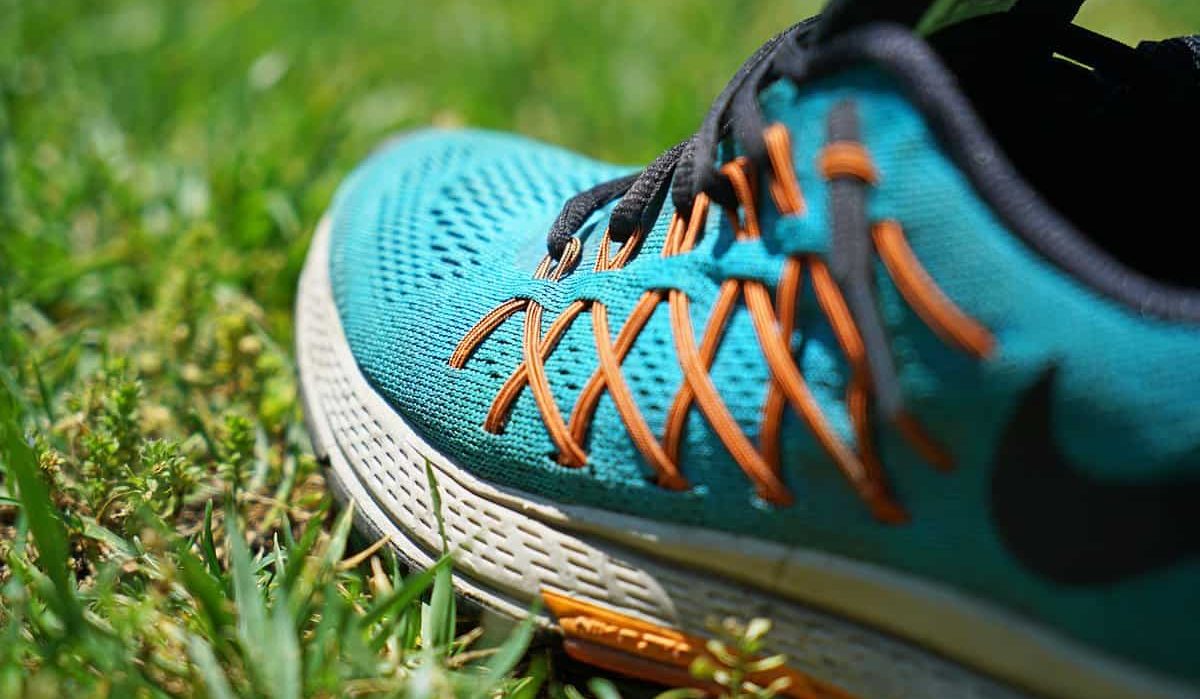
To estimate the number of miles you can run before needing a new pair of shoes, a good rule of thumb is to take 75,000 and divide it by your weight
This will give you an estimate
For someone who weighs 150 pounds, for instance, it is recommended that they replace their shoes every 500 miles
barefoot or shoes with minimal or no support Running barefoot, also known as “barefoot running,” has become increasingly common over the past ten years
This technique is based on the idea that it is preferable to make contact with the ball using the “forefoot” or “midfoot” rather than the heel
This modification to the way your foot contacts the ground lessens the pressure loads placed on the lower back, which in turn helps to lessen the likelihood of injury
A qualified personal trainer will be able to tell you whether this kind of running is a good choice for you, and if it is, they will be able to provide you advice and workouts to help you make the transition from running in shoes to going barefoot in a manner that is both safe and gradual
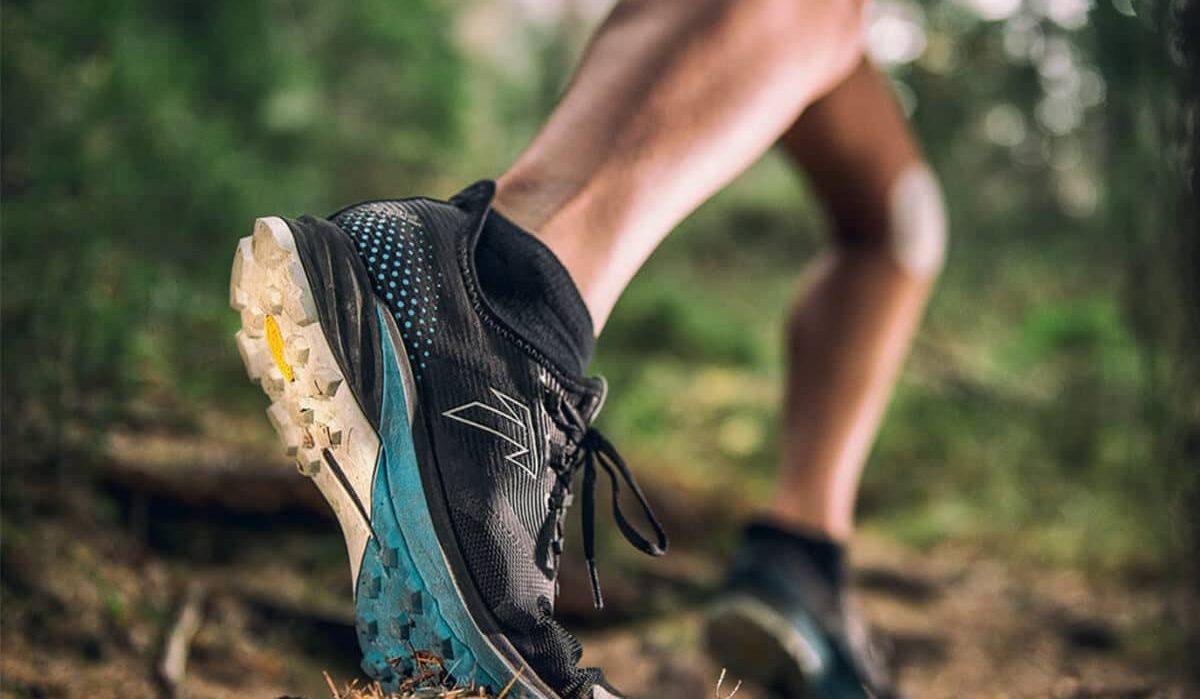
You may get shoes that are intended only for walking about barefoot
These shoes don’t have any kind of arch support or cushioning, but they do provide some protection from jagged objects and rough surfaces
Shoe producers have also produced what is known as “minimalist” shoes, which are designed to feel like walking about barefoot
Due to the additional cushioning in the heel region, a typical pair of running shoes has a heel-to-toe drop that ranges from 10 to 12 millimeters
During the heel hit, the pressure load is reduced because of this cushion
Because it has less padding, minimalist shoe slopes more steeply downward from the heel to the toe (less than 8mm)
Because of this, the runner will strike the ground with their forefoot rather than their heel
shoes designed specifically for use on trails, Trail shoes are footwear that is intended for runners who participate in off-road activities
In comparison to a standard pair of running shoes, this style of footwear features a deeper tread pattern that enhances traction and offers increased stability throughout the shoe
elliptical trainer Cross-training shoes are shoes that are designed to be worn for multiple sports but only require one pair of shoes to do so
This style of shoe is not recommended for individuals who intend to run distances that are greater than four to five miles per day
Mesh materials in the fabric and leather straps are typically both included in the construction of a cross trainer
If the shoe has a “standing” step in the heel, it may be difficult to wear the shoe on the court for a practice course or a game because the step will interfere with your balance
trekking boots Hiking boots are designed to provide arch support, a high level of shock absorption, and a sleek profile
Because walking involves a pattern of moving from the heel to the toe, you need to make sure that your shoes, particularly the toe, are stable
If you suffer from arthritis or arch pain, a heel lift could be beneficial for you because it allows your foot more freedom to roll naturally while you walk
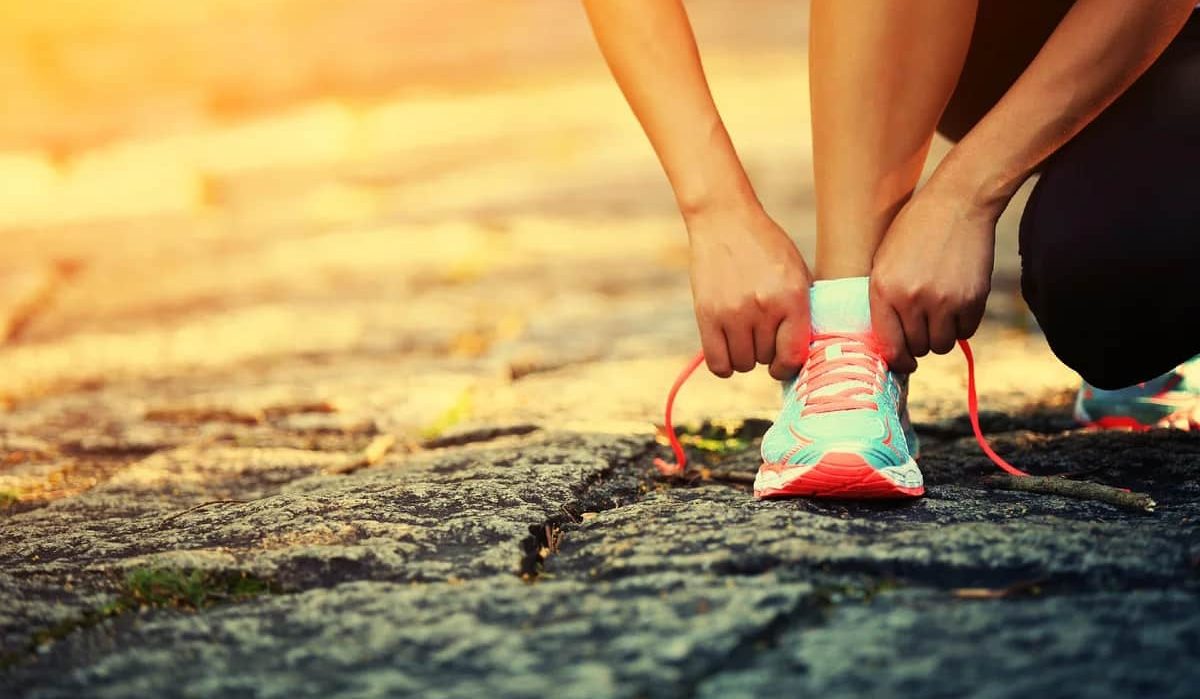
pumps Court shoes are footwear designed for indoor court sports such as basketball, tennis, and volleyball
Pumps are characterized by their stout appearance and are typically crafted from supple leather
They are constructed to ensure stability in any direction you look at them
You can get them with a traditional low top cut or with a high cut that stops just above the ankle
Basketball shoes typically have an upper that is elevated to provide the wearer with increased ankle stability during jumping and landing
Soccer, lacrosse, football, and baseball are just few of the sports where cleats are necessary
Cleats, often known as “spikes” or “studs,” are a kind of protrusion seen on certain athletic footwear that are designed to increase grip on softer surfaces like grass and artificial turf
For advice on which cleats would be best for your sport, go to a coach or trainer
If you need to wear an orthotic (a shoe insertion that provides additional support) or intend to place an extra insole in the cleat, you should look for a brand that is known to have a wider cut since cleats tend to run tight
Our company represent as one of the biggest companies that provides all designs according to what the customer need, If you look for more designs and more brands, if you prefer any specific type of shoes, you can fill a form in our website
